Welcome to "Cold Hawaii," Denmark's Unlikely Surf Town
Driving into Klitmøller, on the northwest coast of Denmark, is like driving into any other Danish fishing town. Modest look-alike houses with red pitched roofs and hobbit windows hedge the quiet road into town. The usual suspects, like the Spar (a common European grocery chain) and a fish shop, dot the town’s main drag. On the coffee-coloured beach, there are a few wooden fishing boats, and then something you won’t find in any other Danish seaside town: surfers.
The day I arrived in Klitmoller, affectionately known as Cold Hawaii because of its good waves, was like any other post-summer day in Denmark: desperately grey and cold. It was around 50 degrees and the beach was so windy and unpleasant that being outside felt like a punishment. Yet the oceanfront was flush with people. Some were paddling in the water, others were on the boardwalk assessing the waves in their hefty wetsuits. In a country that has no surf, Cold Hawaii is an anomaly. Its high latitude (the same as Juneau, Alaska), means the northern storms pass directly over the beach, creating ideal swells for surfing (especially in winter).
Surfing is not a traditional Danish pastime. “Every family in Klitmøller has stories of family members who lost their lives to the ocean, so naturally it instills this fear,” said Casper Steinfath, Stand Up Paddleboard (SUP) champion and resident of Klitmøller. “For hundreds of years there was this idea that people don’t play in the ocean, because it’s a workplace.”
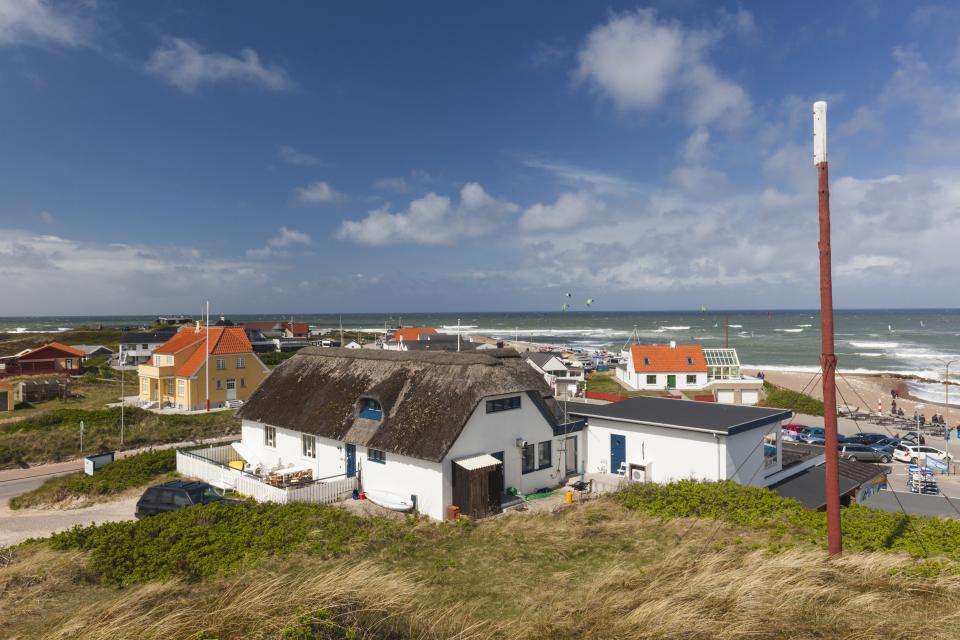
Steinfath is unmistakably a surfer. His skin is tanned, and his shaggy blonde hair is swept under a beanie. He’s a Red Bull athlete with numerous championships under his belt, and he’s the poster boy for his hometown. He’s one of many locals who treat Cold Hawaii’s coastline, flecked with a diversity of point and beach breaks, like a playground. Some have even relocated here because of it.
Danish-born Anders Højlund had spent 17 years living in France before he decided to make a permanent move to his summer home in Klitmøller. “It was an easy decision,” he says. “At night time the only sound we can hear is rolling waves.”
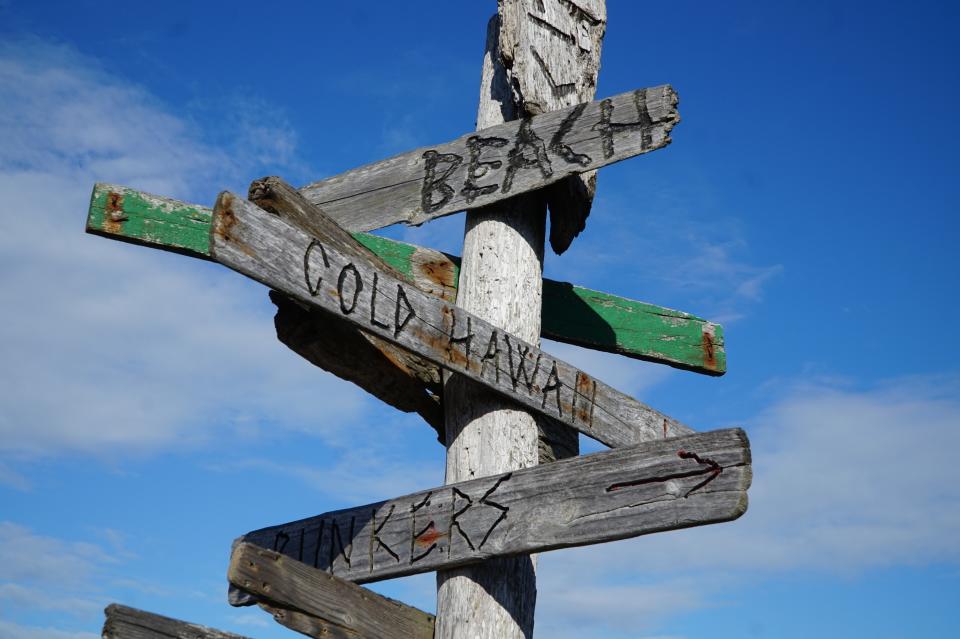
When Højlund isn’t surfing (a daily activity), he’s running Le Garage, a rotisserie chicken joint which he opened with his wife last year. Set in the garage of their sunny yellow home, Le Garage serves up pieces of juicy rotisserie chicken (from their rotisserie oven). It’s the kind of place you could breeze into barefoot, if it wasn’t so cold. Højlund would greet you by name with his wide smile, then chat about the surf conditions of the day. “We wanted to create a kind of après-ski for surfers,” said Højlund.
When I arrived at Le Garage around noon, I was ravenous. Steinfath had taken me stand-up paddle boarding in a nearby lake, because the ocean was too choppy for a novice like me. Although I wasn't out on the water for long, I’d had to compete with the brisk wind. I'd also taken a voluntary post-paddle dip in the frigid water. As I waltzed in with a towel wrapped around my waist, Højlund greeted me with open arms. “Almost done!” he announced, tearing his eyes from the rotisserie oven and pouring me a glass of wine, like he knew my order by heart. I shuffled into Le Garage’s conservatory and was served a plate of chicken alongside a tower of crispy potatoes and pearl couscous with peppers, which I ate in a matter of minutes. I sat in the warm sun-filled conservatory, belly full and slightly buzzed from the wine, feeling nice and like one of the gang.
Højlund is one of the many people driving Cold Hawaii’s surf culture, which, to be clear, still requires some nurturing. The influx of surfers into this former fishing community in the late 90s and early 2000s didn’t go swimmingly at first. “Back then, windsurfers weren't especially well-liked by locals. They were considered to be a group that contributed too little and took up too much space,” said Ramus Johnsen, who includes himself among those notorious surfers. Johnsen moved to Klitmøller in 2006 and has worked to foster a sense of surf appreciation. Together with a bunch of volunteers, he suggested making a master plan to integrate surfing into the community in a positive way. “The goal was to turn windsurfing and surfing into an asset, rather than a curse,” he said. For starters, acknowledging the destination as a serious surf spot and breeding excitement around the sports.
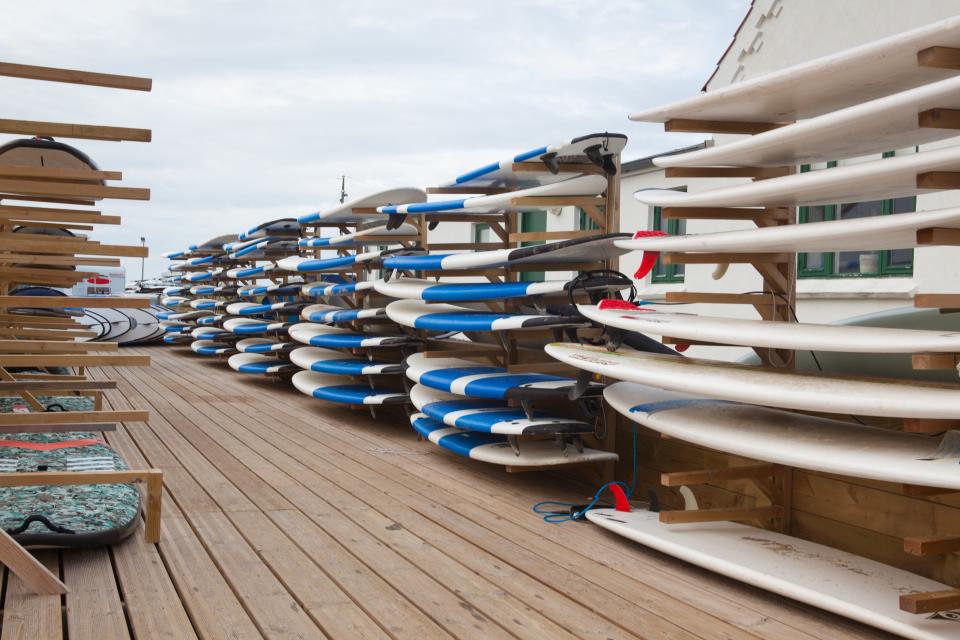
Johnsen and his team of volunteers first created a Danish edition of the PWA (Professional Windsurfers Association) World Cup in windsurfing wave performance (which ran as a yearly event from 2010 - 2016). They then launched the ISA (International Surfing Association) World Stand Up Paddleboard Championship (in 2017). They also wanted to attract young people and get them energized about a formerly undesirable rural town. According to Steinfath, their efforts have created a new world when the fishing world was dying.
The surfers of Cold Hawaii may have struggled to gain a footing in the community, but the beach certainly doesn’t suffer from overpopulated waters. “My dad says it reminds him of what California was like back in the 60s and 70s,” said Steinfath. “It still feels untamed.”
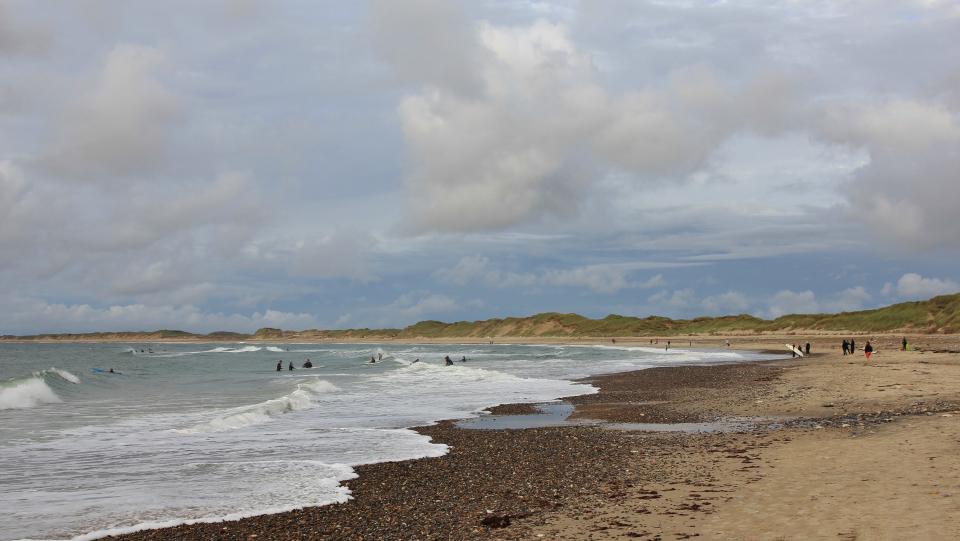
Gangs formed by locals in coveted surf spots around the globe—the Black Shorts, the Bra Boys, the Longos—have become notorious for keeping non-natives out. Because Cold Hawaii’s waves are not considered as desirable as South Africa’s Jeffrey’s Bay, or Hawaii’s Pipeline, and because the surf scene is still in its infancy, the town’s waves and beaches are still extremely civil.
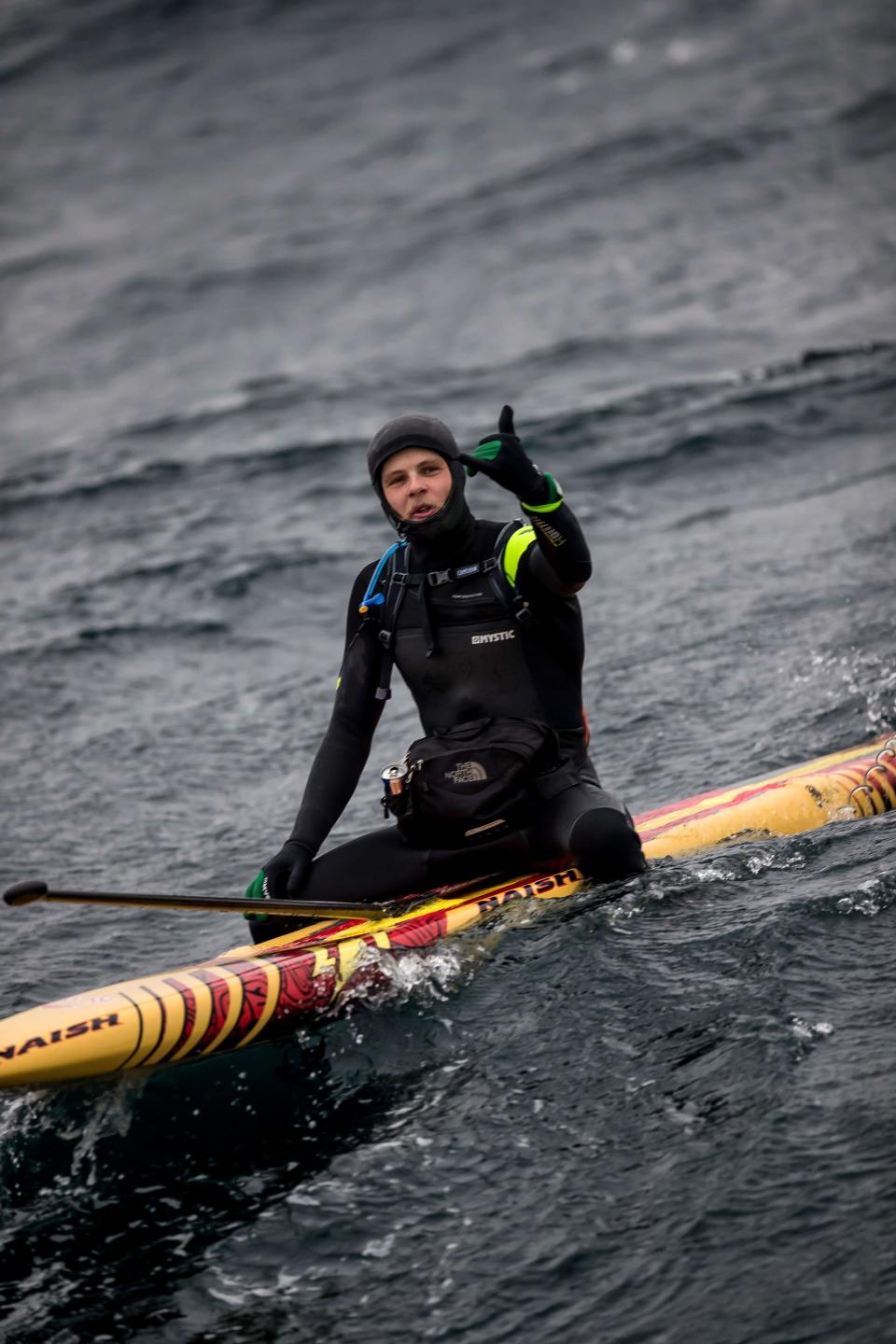
“Short boarders, kayakers, windsurfers—everyone fits together in the line-up,” said Steinfath, casting his arm at the ocean, which was indeed peppered with surfers of all types. While many surf communities suffer from major segregation and conflict, Cold Hawaii has a very inclusive community. A large yellow and black poster hangs on the wall outside the entrance to the surf club. In sharp infographics and bold lettering is Cold Hawaii’s manifesto. “Kook or Gentleman?” the headline reads, “If you complain, disrespect, take, it will be worse,” reads the next line. Followed by: “If you communicate, respect, share, it will be better.” And then a few guidelines on basic etiquette. Trust Denmark to make a notoriously exclusive sport inclusive and then create rules, which people actually abide by.
On my afternoon in Klitmøller, I took a hike through the national park to see the view of the ocean from a dune. Along the winding tawny path, I passed hikers sharing lunch at a picnic table and then a lone van with surfboards strapped to the roof. Parked in a grassy enclave with washing strung out to dry, it was clear the owners had made a temporary home there. Out of the van climbed a young couple, golden and long-limbed, with wavy, sun-kissed hair. With flasks of coffee in their hands, they slid into their wetsuits, grabbed their surfboards and made their way to the beach. It was like a scene from a California town in a time when I wasn't alive. And it was Denmark. It was like seeing snow fall in the Maldives, or watching someone ski down a mountain in Thailand. It felt totally wrong. And yet, somehow, just right.
Originally Appeared on GQ

